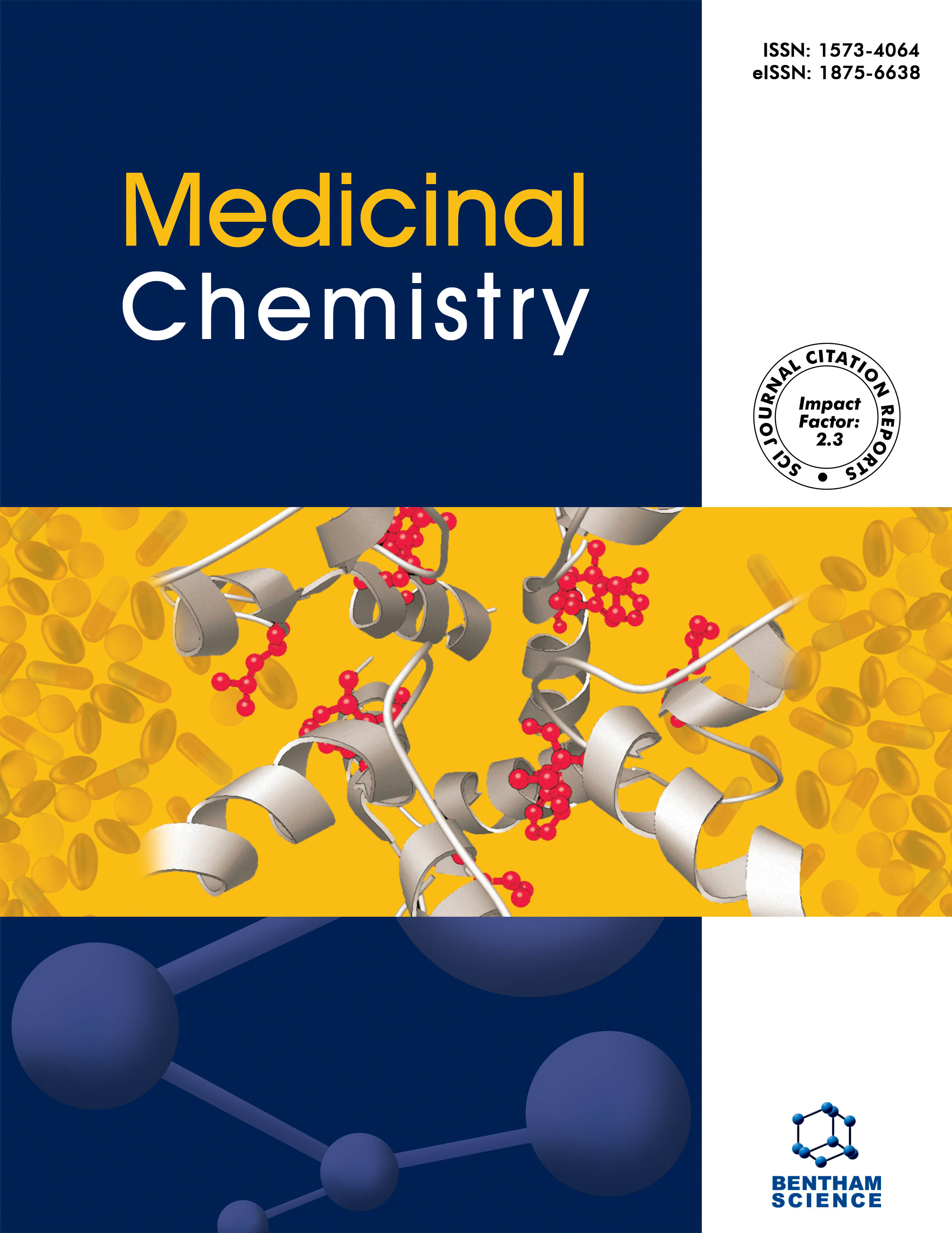
Full text loading...
We use cookies to track usage and preferences.I Understand
Globally, parasitic diseases are considered among the neglected diseases. Clinically, several drugs are used in treatment, however due to drug resistance and multidrug resistance and the low investment in new research lines, there has been a failure in the treatment of parasitic illnesses.
The present mini-review is a comprehensive review of the use of platinum group metals as biological agents. It aims to establish the actual state of the art of these metal elements in the antiparasitic activity-specific area and define the future possibilities of action.
The review comprises more than 100 research works done in this field. The differences between platinum group metals chemistry and their use as metal complexes with biological activity have been discussed.
This review highlighted the platinum group metal's potential as an antiparasitic agent for different diseases.
The review will be helpful for the researchers involved in targeted drugs for parasitic disease therapy.

Article metrics loading...

Full text loading...
References


Data & Media loading...

